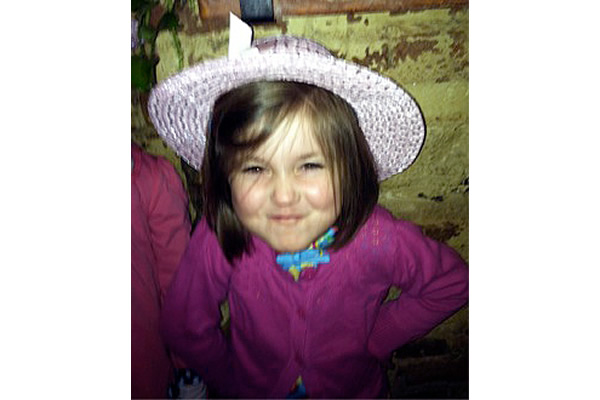
Did you know it’s Banned Books Week (September 25 – October 1, 2016)?
According to bannedbooksweek.org, “The Banned Books Week Coalition is a national alliance of diverse organizations joined by a commitment to increase awareness of the annual celebration of the freedom to read. The Coalition seeks to engage various communities and inspire participation in Banned Books Week through education, advocacy, and the creation of programming about the problem of book censorship.” You might ask, is book censorship still a problem today? Are books even banned in the U.S. anymore?
Well, yes and no. The definition of “book banning” has changed considerably since Banned Books Week was founded by the American Library Association (ALA) in 1982. Gone are the days when banning a book prohibited all access to it. The internet and social media have, for better or worse, made information ubiquitous (see this 2015 Slate article titled “Banned Books Week is a Crock.” And while you’re at it, check out the Huffington Post’s response.) Today, the ALA defines “challenging” a book as a “formal, written complaint, filed with a library or school requesting that materials be removed because of content or appropriateness.” While book challenges reported by the ALA did decrease by 12% between 2014 and 2015, the ALA still says 11,300 books have been challenged since 1982. Many frequently-challenged books are written for children or young adults and are challenged due to content deemed not age-appropriate. In most cases, a parent or guardian challenges a book with content they find inappropriate for their child, and the school offers an alternative choice to that student. But how does that influence the kid? Studies have shown children’s reading skills are more likely to improve when they get to choose their own books – just look at this Washington Post article “Why We Should Let Kids Choose Their Summer Reading.” (On the other side of the argument, take a look at this 2014 Federalist article, “In Defense of Book Banning.”)
I remember being deeply immersed in Stephen King’s “Hearts in Atlantis” during sixth grade free reading time (Middle school marked a big Stephen King phase for me). The girl sitting next to me leaned towards my desk and shouted “She’s reading a book with the F-word!” I remember thinking, It’s called free reading time. The book had come from home and no one had told me there were restrictions on what I was allowed to read in school. It hadn’t occurred to me that, at eleven, I should be restricted from reading the same books my parents did. (I should probably note at this point that I am not a parent and I acknowledge the legitimacy of parents wanting to be aware of what their child is learning.)
Who decides what is age appropriate? What some twelve year olds may be mature enough to handle, other thirteen year-olds may not be ready for. General wisdom seems to suggest that parents are responsible for determining their own child’s maturity levels and ability to comprehend “adult” content. But do parents have the right to decide what other people’s children can read? Who gets to determine what’s worth reading?
I recently attended a panel of middle grade and young adult authors at the Burlington Book Festival, where author Jennifer Mason-Black spoke about her approach to censorship with her own kids. She said there’s nothing she won’t let them read, but that she reads what they’re reading too, and if she takes issue with something, it’s a good opportunity for an open discussion with her kids. I found this to be a mature approach that does not limit kids’ reading material, but encourages them to be thoughtful – and critical – about what they read.
My high school humanities class held a mock debate on Mark Twain’s “The Adventures of Hucklebury Finn.” We were each assigned roles, which included concerned parents, teachers, and students, to debate whether the classic should be banned in a fictional classroom due to its outdated language, which includes frequent use of the N-word (This 2011 NY Times article addresses this issue.). That exercise stuck with me and emphasized just how complicated censorship is.
The fact is, language and stereotypes that were once considered widely accepted are often viewed as offensive today. Early Curious George books, for instance, depict George smoking a pipe. Can you imagine a children’s book today where a character is casually smoking?
And let’s take the case of D.H. Lawrence’s 1928 novel “Lady Chatterly’s Lover,” which sparked the 1960 landmark trial in the U.K. to determine literature’s role on “public morality.” The great controversy was that Lawrence’s book (tame by today’s standards) promoted adultery, which many feared would “deprave and corrupt” its readers. “Lady Chatterly’s Lover” is a perfect example of how what is considered acceptable (and for whom) changes with time and societal values. Sarah Begley’s TIME article, “What the List of Most Banned Books Says About Our Society’s Fears,” addresses this.
In this ever-changing media landscape where kids have ready access to information, how do we define the roles and responsibilities of adults when it comes to what kids are reading? I believe that if kids have access to books that feel true to their lives, that chronicle their fears and hopes and desires, they might just find a positive outlet for their emotions, and discover a life-long love of reading.
What’s your approach to vetting what your kids read? We’d love to hear your thoughts!



